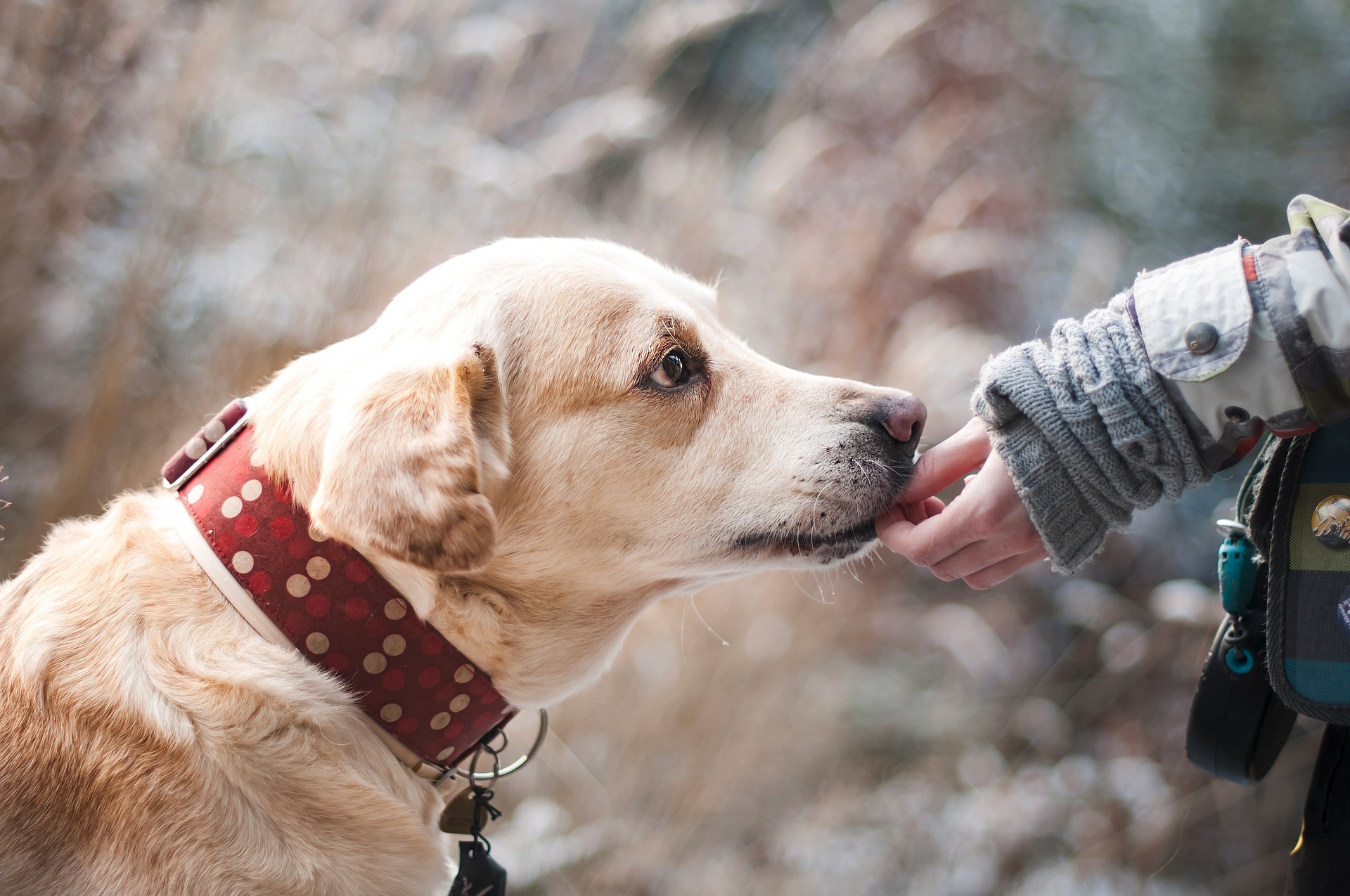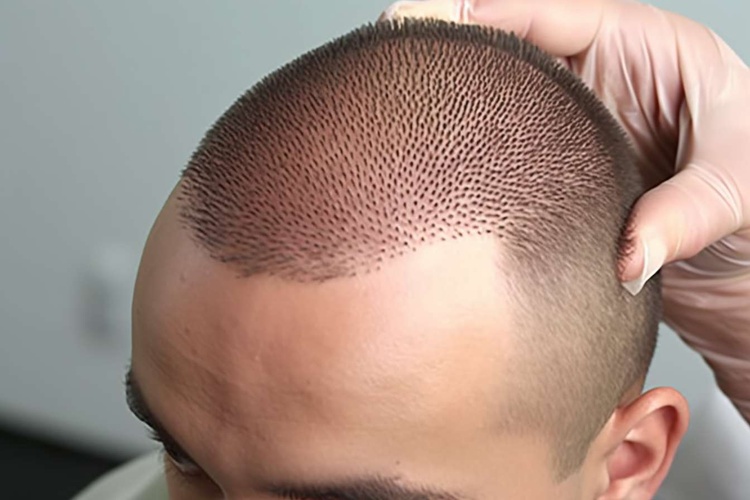Decoding the Intricate World of Insect Pets: A Comprehensive Guide
In recent years, the world of pets has seen an unlikely addition – insects. From exotic beetles to vibrant butterflies, these tiny creatures have captured the interest of pet enthusiasts worldwide. This article delves into the fascinating realm of insect pets, highlighting their history, current trends, and the impact they have on the pet market.

The Emergence of Insect Pets
Historically, insects have not been viewed as traditional pets. However, the trend started in the 19th century when Victorian-era naturalists began keeping insects to study their behaviors. The first insect pets were likely silkworms, whose silk production was of great economic importance. Over time, people began to appreciate their intricate beauty and unique behaviors, leading to a wider acceptance of insects as pets.
Current Trends in Insect Pet Ownership
Insects are now considered low-maintenance, space-efficient pets perfect for urban dwellers. They have become increasingly popular, especially among children, for their educational value. Some of the most preferred insect pets include stick insects, praying mantises, and giant African land snails. Recent developments in the pet industry have also seen the introduction of insect habitats, which are specially designed enclosures that mimic insects’ natural environments.
The Economics of Insect Pets
Insect pets are generally cheaper than traditional pets. A praying mantis, for example, can cost between $10 and $50, while a stick insect is around $20. The market for insect pets has also seen significant growth. According to market research, the global insect-based pet food market is expected to reach $105 million by 2026, witnessing a CAGR of 23.1% during the forecast period of 2021-2026.
Why Insect Pets?
Insect pets are not just fascinating; they also have environmental benefits. They require less food and water than larger pets, contributing to a smaller carbon footprint. Their short lifespan also allows pet owners to experience the full lifecycle of an organism, providing valuable insights into nature’s workings.
The Future of Insect Pets
As the world continues to urbanize, the demand for low-maintenance pets like insects is expected to grow. Advances in technology may also make insect habitats more sophisticated, allowing pet owners to create mini-ecosystems in their homes. However, like all pets, insect ownership carries responsibilities. It is crucial to consider the ethical implications of keeping these creatures and ensure their welfare is prioritized.
In conclusion, the world of insect pets is a fascinating realm waiting to be explored. These tiny creatures offer a unique pet-keeping experience that combines learning, environmental awareness, and a fresh perspective on the world of animals. As we continue to discover more about them, it’s clear that these small pets have a big future ahead.




